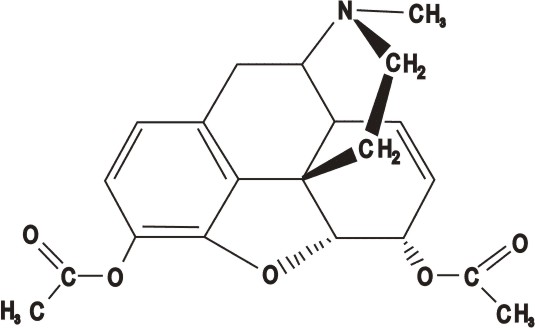Антигистаминные препараты в ветеринарии: литература
Barbet JL, Halliwell REW: Duration of inhibition of immediate skin test reactivity by hydroxyzine hydrochloride in dogs. J Am Vet Med Assoc 194:1565,1989. Describes the duration of antihistamine activity.
Garcia G, DeMora F, Ferrer L, et al: Effect of Hrantihistamines on histamine release from dispersed canine cutaneous mast cells. Am J Vet Res 58:293, 1997. Recent report that describes the effect of antihistamine on in vitro canine mast cells.
Otto CM, Greentree WF: Terfenadine toxicosis in dogs. J Am Vet Med Assoc 205:1004,1994. Case report of antihistamine toxicosis. Papich MG: Antiulcer therapy. Vet Clin North Am (Small Anim Pract) 23:497, 1993. Thorough reference that describes the use of histamine H2 receptor antagonists.
Paradis M, Scott DW, Giroux D: Further investigations on the use of nonsteroidal and steroidal antiinflammatory agents in the management of canine pruritus. J Am Anim Hosp Assoc 27:44,1991a. The most comparative reference on antihistamines and other drugs for treatment of pruritus in dogs.
Paradis M, Lemay S, Scott DW: The efficacy of clemastine (Tavist), a fatty acid-containing product (Derm Caps) and the combination of both products in the management of canine pruritus. Vet Dermatol 2:17, 1991b. This reference demonstrates the efficacy of clemastine and combination therapy for treatment of pruritus.
Scott DW, Buerger RG: Nonsteroidal antiinflammatory agents in themanagement of canine pruritus. J Am Anim Hosp Assoc 24:425, 1988. This is the first reference that compared the efficacy of several drugs, including antihistamine s, for treatment of pruritus in dogs.
Scott DW, Cayette SM, Decker GA: Failure of terfenadine (Seldane) as an antipruritic agent in atopic dogs: Results of an open trial. Can Vet J 35:286, 1994. This reference demonstrates the failure of second- generation antihistamines for treating dan disease in dogs.
Scott DW, Miller WH: The combination of an antihistamine (chlorpheniramine) and an omega-3/omega-6 fatty acid-containing product for the management of pruritic cats: Results of an open clinical trial. N Z Vet J 43:29,1995. This reference demonstrates the efficacy of chlorpheniramine and combinations for treatment of pruritus in cats.
Scott DW, Miller WH, Griffen CE: Immunologic skin disease. In: Scott DW, Miller WH Jr, Griffin CE, eds: Muller & Kirk's Small Animal Dermatology, 5th ed. Philadelphia: WB Saunders, 1995, p 484. This is a thorough, current reference that summarizes all of the antihistamines used to treat skin disease in animals.
Simons PER: The antiallergic effects of antihistamines (Hrreceptor antagonists). J Allergy Clin Immunol 90:705,1992. This is a good, current, summary of the effects of antihistamines for treating allergy in people.
Simons PER, Simons KJ: The pharmacology and use of Hi-receptorantagonist drugs. N Engl J Med 330:1663, 1994. This is a recent thorough summary of all antihistamines and their uses in people.
Washabau RJ, Elie MS: Antiemetic therapy. In: Bonagura JD, ed: Current Veterinary Therapy XII. Philadelphia: WB Saunders, 1995, p 679. This is a complete, detailed summary of antiemetic drugs for small animals.
